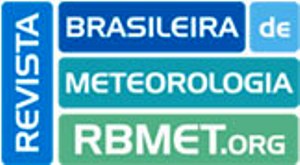Abstract
This paper reports the first LIDAR measurements obtained on a fishing pier in Santa Catarina, southern Brazil. A laboratory was built to monitor the vertical structure, time and directional variability of winds in the transitional region between the ocean and the continent. A meteorological station provided pressure, temperature, wind and humidity data. Prevailing winds tend to blow from the NE along the coastline, strongly influenced by the South Atlantic Subtropical High Pressure center. Sea and land breezes had significant amplitude. The offshore wind component (sea breeze) was generally active from 11:00 to 20:00 h; the onshore component (land breeze) from 22:00 to 09:00 h. Weak vertical shear and increasing wind speeds were typically observed in the early afternoon, while stronger shear and the highest wind speeds tend to occur in the late afternoon. Winds profiles from the ocean sector were usually more intense and less sheared. The average power of wind turbines was estimated. The local resource is nearly 2.5 times greater than that of a site located 9.3 km inland. The use of coastal laboratories was demonstrated to be a cost-saving solution for long-term monitoring of the country's wind resources.
Keywords:
offshore wind energy; coastal pier; LIDAR; remote sensing; Santa Catarina; Brazil

 Thumbnail
Thumbnail
 Thumbnail
Thumbnail
 Thumbnail
Thumbnail
 Thumbnail
Thumbnail
 Thumbnail
Thumbnail
 Thumbnail
Thumbnail
 Thumbnail
Thumbnail
 Thumbnail
Thumbnail
 Thumbnail
Thumbnail
 Thumbnail
Thumbnail
 Thumbnail
Thumbnail










